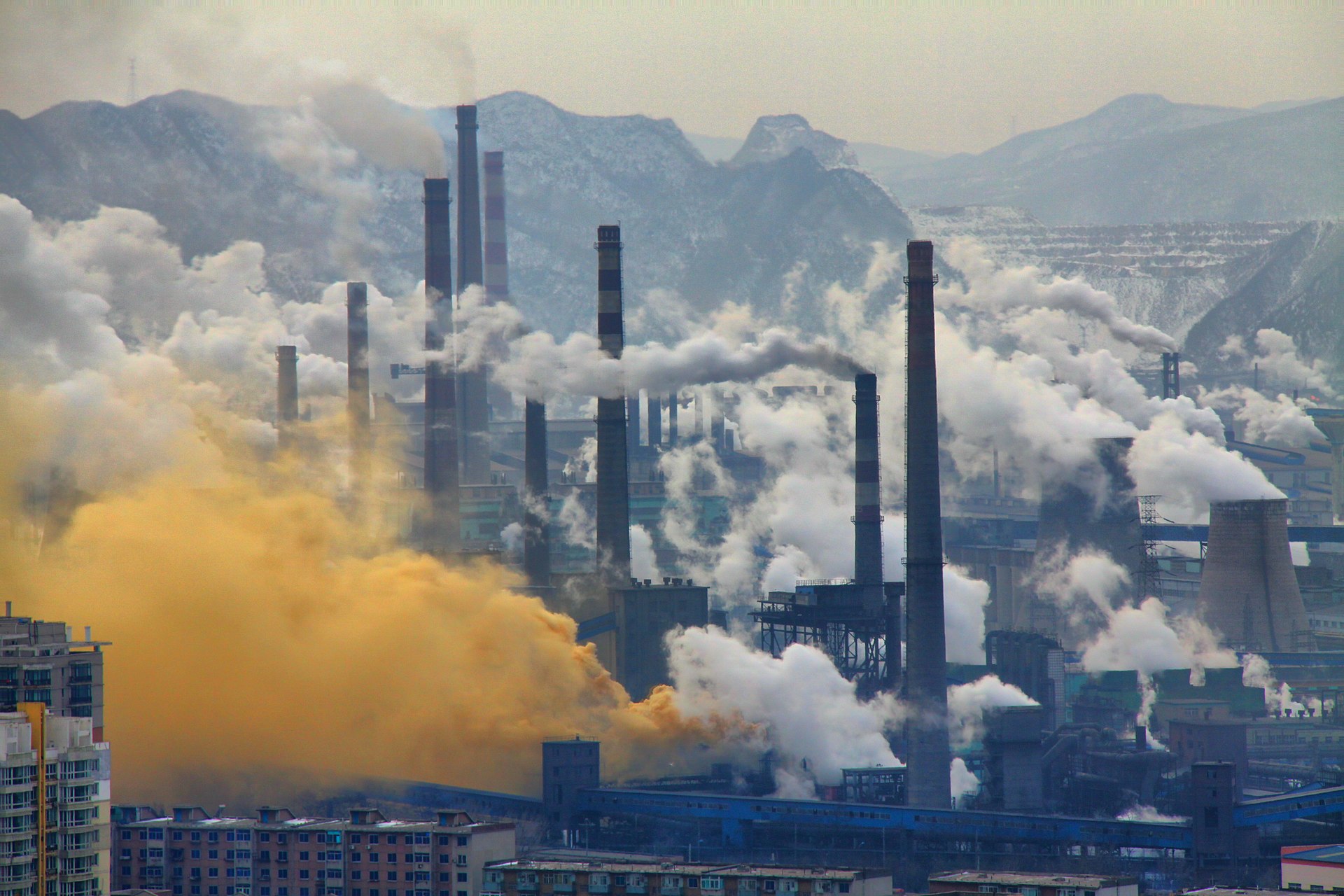
Inverse algorithms - monitoring pollutant emissions from satellites, interview to Dr. Ronald van der A

June 2023
The mitigation measure pledges taken across Europe are vital to comply with the Paris agreements. Monitoring greenhouse gases emissions is the only way to know whether these pledges are being respected. Inverse algorithms are a powerful tool in the complex study of these emissions.
Dr Ronald van der A works at the Royal Netherlands Meteorological Institute (KNMI), his research group focuses on developing algorithms to derive emissions of air pollutants and greenhouse gases using satellite observations. The DESCO algorithm, developed by the KNMI, is an inverse model used to derive top-down emissions, a key activity in SEEDS.
How can top-down emission estimates help to target emission reduction ?
Using satellite information, we are able to derive emissions for countries, provinces, cities, and in a few cases, individual power plants or factories. All regions are measured with the same satellite instrument on a daily basis. This means we can fairly compare regions, but also monitor emissions in time and see the changes in response to certain measures. We can see when power plants are turned off or on, or detect when there are holidays. During the COVID pandemic, we were able to detect the change of emissions. We can therefore see if a regulation is being followed or not, and these emissions data can be used by regulatory instances to enforce regulations.
At KNMI you develop a particular inverse modelling approach, the DESCO algorithm. Why is DESCO relevant in the scope of SEEDS?
The DECSO algorithm is a powerful tool because it is relatively fast (compared to other inversion methods), can derive both NOx and NH3 emissions in parallel in the same processing, and is able to find new unknown source locations. Currently, It provides daily emission estimates, although we usually deliver monthly emissions estimates to reduce the noise.
What are NOx emissions, and why is it important to track them ?
NOx are nitrogen oxides, they include NO and NO2. They are mainly caused by combustion of fossil fuels, in cars, industry and power plants, but they are also emitted from the soil by bacterial activity. NOx are important to track, because they play an important role in air pollution. They are toxic gases in themselves, but they are also precursors of other air pollutants such as aerosols.
What is the main challenge you face when developing inversion algorithms ?
We would also like to optimise the spatial resolution of emissions derivation. However, the finer the spatial grid of derived emissions, the more complex the inversion becomes. This is because we reach the resolution limit of the satellite observation (3.5 x 5 km), of the meteorological data (5 km) and of our trajectory analysis along the wind. We are currently focusing our efforts on deriving high quality emissions on a much finer grid than we had in other projects.
Which are your next steps for the last year of SEEDS?
In the last year, we will improve the current NOx emission products. We will also do an experiment for NOx emissions at high latitudes in the summer: we are intending to work on North Scandinavia. Because of the overlapping satellite orbits close to the pole, this is the only place where we can have multiple observations per day, therefore allowing us to study the emission’s diurnal cycle. The future Sentinel 4 satellite will measure over Europe during the whole day from a geo-stationary location, so this Scandinavian data will provide us a training data set until this satellite is functional.

